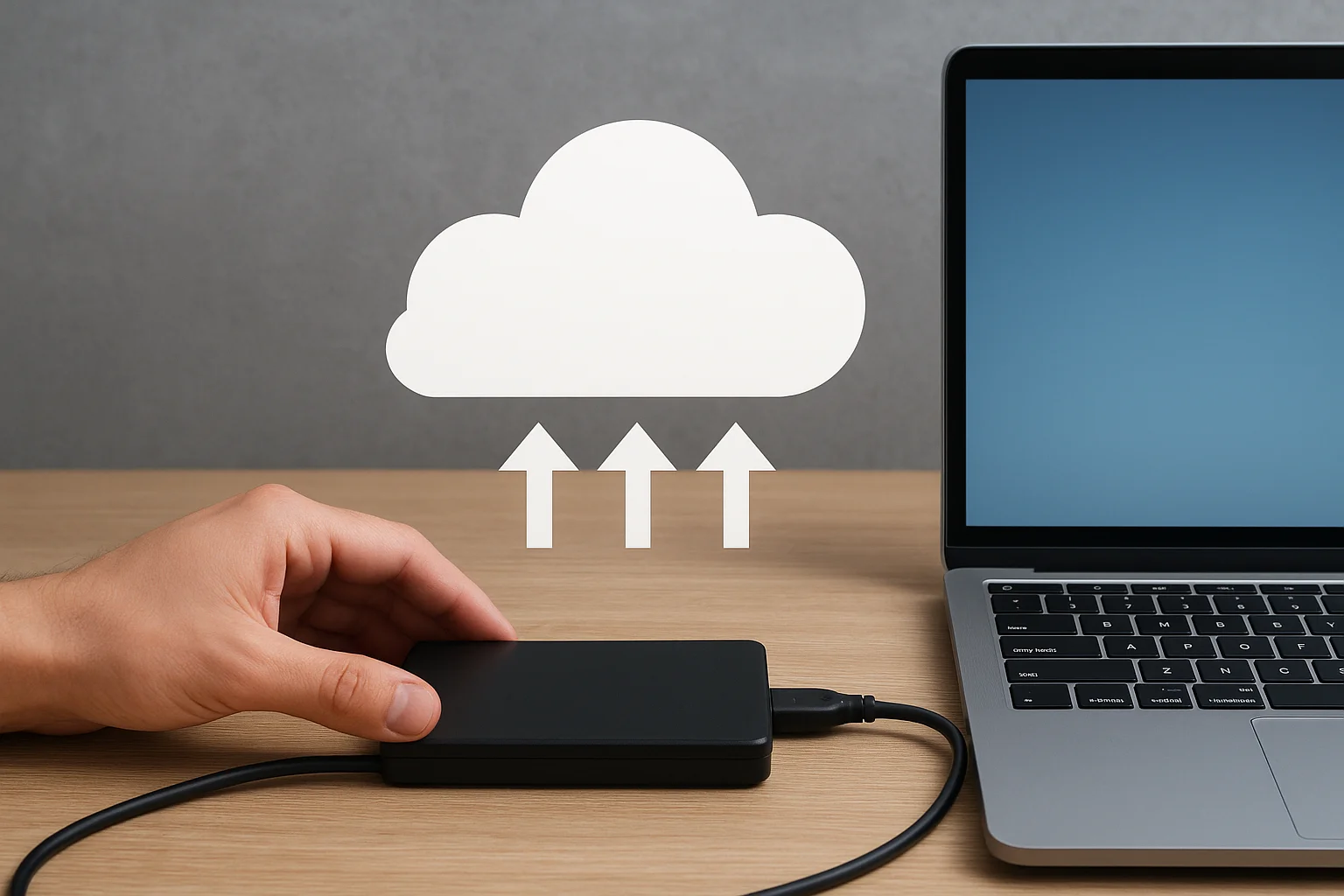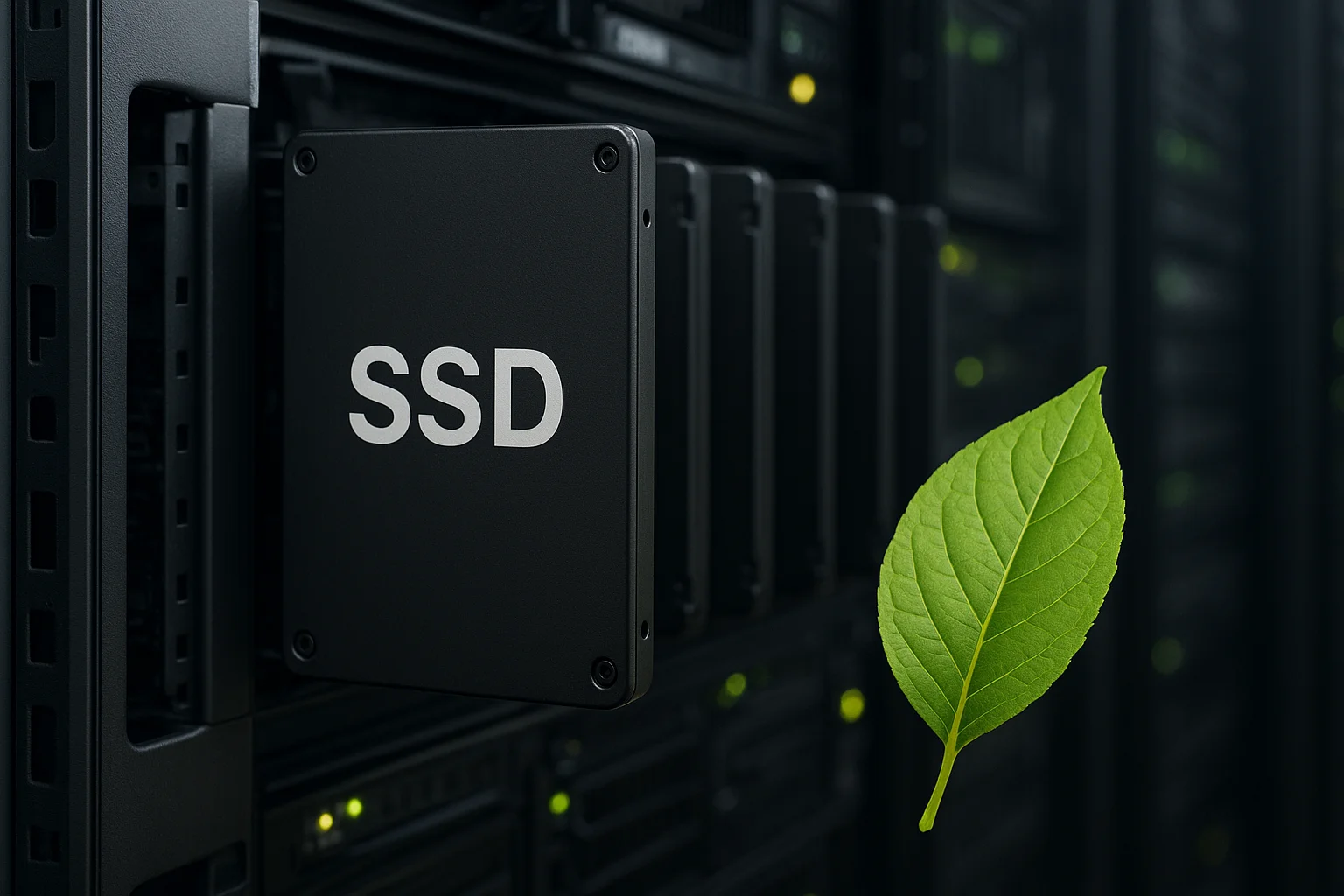The Shifting Landscape of Personal Storage
Over the past two decades, the way individuals store and access their digital data has undergone a profound transformation. From bulky external hard drives and USB sticks to highly accessible cloud solutions, personal storage options have continuously evolved to meet growing demands for convenience, capacity, and reliability.
In the early 2000s, external drives were the primary method for safeguarding files, offering users full control over their data and the ability to access it without an internet connection. However, with the emergence of cloud computing platforms like Google Drive, Dropbox, and iCloud, a new era of instant accessibility and seamless synchronization across devices became possible.
Today, users often face a choice between traditional storage methods and cloud solutions. Factors such as data security concerns, subscription costs, internet reliability, and storage limits influence this decision. While cloud storage emphasizes convenience and automatic backups, external drives still provide unmatched speed for transferring large files and complete ownership of physical data.
Moreover, the landscape is shifting further as hybrid solutions gain traction. Many consumers now adopt a combination of external drives for high-value or sensitive data and cloud storage for everyday access and sharing. This trend highlights that personal storage is no longer a one-size-fits-all scenario but a dynamic ecosystem shaped by technology, user behavior, and emerging trends such as 5G connectivity and edge computing.
Understanding this evolving landscape is crucial for making informed choices about how to store, access, and protect personal data in the modern digital age.
The Rise of Cloud Storage: Convenience and Accessibility
Cloud storage has rapidly transformed the way individuals and businesses manage digital data. Unlike traditional physical storage, cloud solutions allow users to store files on remote servers maintained by service providers, making data accessible from virtually any device with an internet connection. This shift has created an unprecedented level of convenience for users who need to access, share, or collaborate on files across multiple devices.
One of the most compelling advantages of cloud storage is its scalability. Users can easily expand their storage capacity without purchasing additional hardware. Services like Google Drive, Dropbox, iCloud, and OneDrive offer flexible plans that cater to both casual users and enterprises, providing options to store from a few gigabytes to multiple terabytes of data.
Cloud platforms also emphasize collaboration and synchronization. Features such as real-time editing, automatic updates, and shared folders allow teams to work together seamlessly, regardless of their physical location. For individuals, these features enable effortless access to personal files on smartphones, tablets, laptops, or desktops without the need to carry physical drives.
Security has also evolved in cloud systems. Providers implement end-to-end encryption, two-factor authentication, and redundancy protocols to protect data from accidental loss or hardware failure. While concerns about privacy and control persist, many users find that the trade-off between accessibility and risk is worthwhile, especially for everyday documents, photos, and collaborative projects.
Additionally, the integration of cloud storage with other digital services—such as productivity suites, photo management, and streaming platforms—enhances its overall utility. With features like automated backups and cross-platform synchronization, cloud storage has become not just a replacement for traditional drives but a central hub for managing digital life efficiently.
Strengths of External Drives: Speed, Control, and Security
Despite the rapid adoption of cloud storage, external drives continue to offer significant advantages that make them indispensable for many users. One of the most notable strengths is speed. Modern external drives, including SSDs and high-performance HDDs, allow for rapid file transfers and efficient handling of large files such as videos, high-resolution images, and databases. Unlike cloud uploads or downloads, which depend on internet speed, external drives provide consistently fast access to data.
Another major benefit is control. When using an external drive, users maintain complete ownership of their data, without relying on third-party servers or subscriptions. This ensures that files are accessible at any time and that users can manage their storage without concerns about service interruptions, account suspensions, or changes in provider policies. For sensitive or critical information, this level of control is often non-negotiable.
Security is also a strong point of external drives. While cloud platforms offer encryption and backup solutions, local storage gives users the ability to implement personalized security measures such as hardware encryption, password protection, or physically securing the drive. Moreover, offline storage reduces the risk of data breaches or unauthorized access through internet-based attacks.
External drives are also highly versatile. They can serve as reliable tools for long-term archiving, transferring data between devices, and creating bootable backups for operating systems. Their portability allows users to carry entire libraries of data wherever needed without depending on network availability, which is especially valuable in environments with limited or unreliable internet access.
In summary, the combination of speed, control, and security ensures that external drives remain a critical component of personal and professional data management, complementing cloud solutions rather than being entirely replaced by them.
Limitations of Cloud Storage: Costs, Privacy, and Connectivity
While cloud storage offers unmatched convenience and accessibility, it comes with several limitations that users need to consider. One of the most significant factors is cost. Many cloud services operate on a subscription basis, with prices increasing as storage capacity grows. For individuals or small businesses with large amounts of data, these recurring fees can quickly become a substantial long-term expense, especially when compared to a one-time purchase of an external drive.
Privacy and data security are also key concerns. Despite advanced encryption and security protocols implemented by providers, users must trust third parties with sensitive information. Data breaches, unauthorized access, and government requests for user data are potential risks that can compromise confidentiality. For users handling sensitive personal or professional data, this lack of complete control can be a major drawback.
Connectivity represents another critical limitation. Cloud storage requires a stable internet connection for uploading, downloading, and syncing files. In regions with slow, unreliable, or metered internet, this can lead to frustrating delays or additional costs. Large files, such as high-resolution videos or backups, can take hours to upload, which makes cloud storage less practical for immediate access needs compared to local storage solutions.
Additional restrictions can include storage limits, throttling policies, and service downtime. Providers may impose caps on file sizes or bandwidth usage, and even the most reliable platforms can experience temporary outages, leaving users unable to access their data. These limitations highlight the importance of evaluating cloud storage as part of a broader hybrid storage strategy, rather than relying solely on it for all personal or business data needs.






